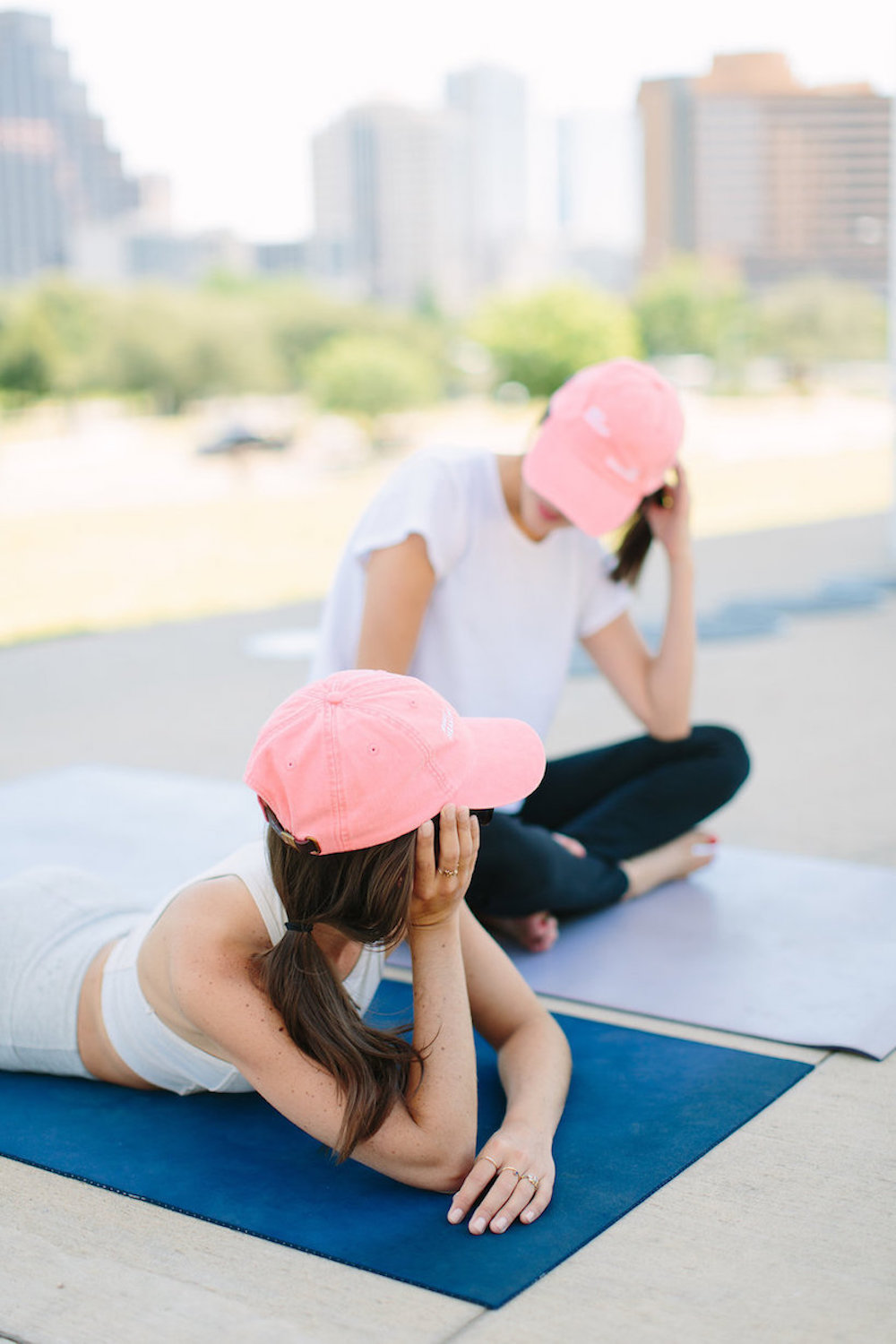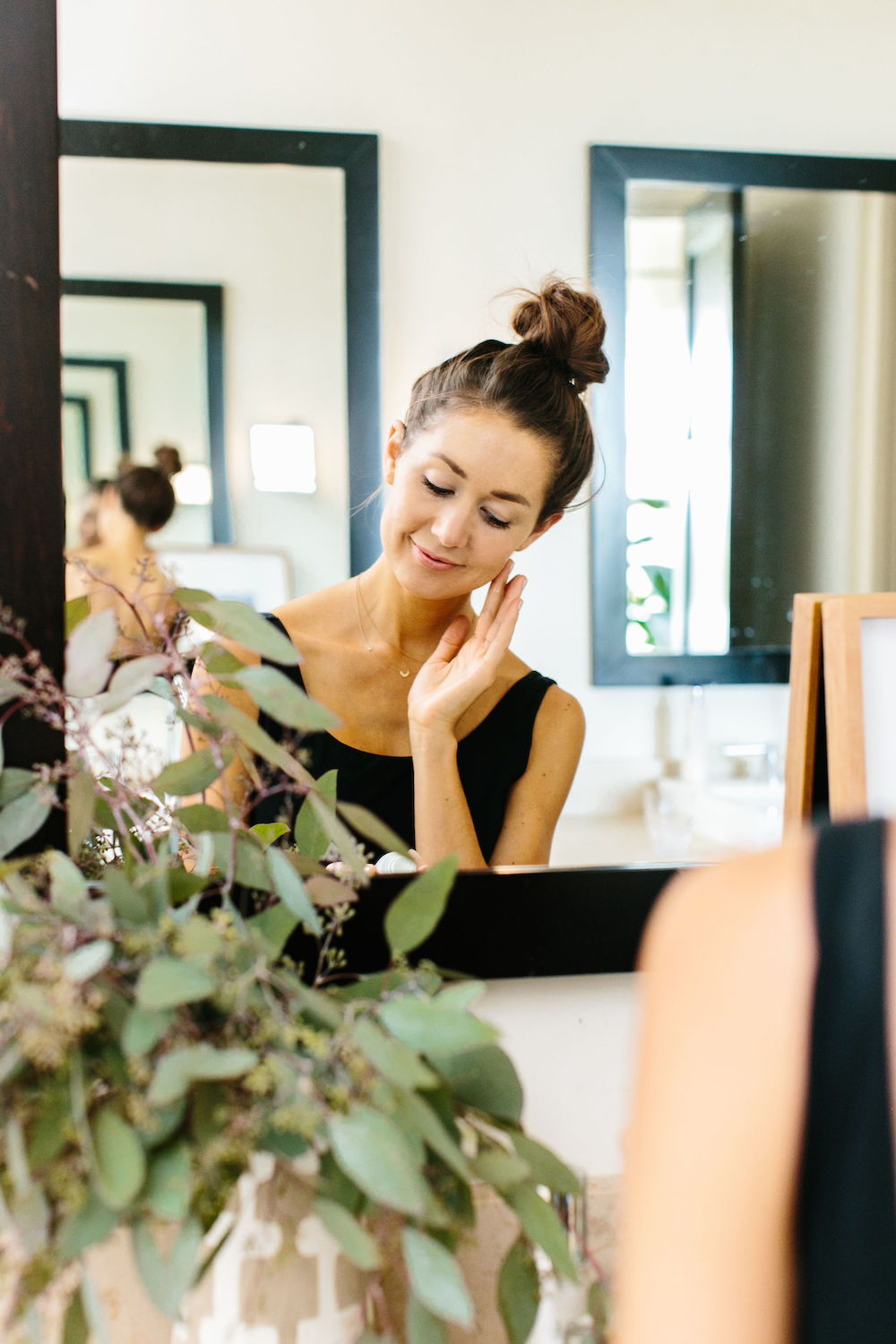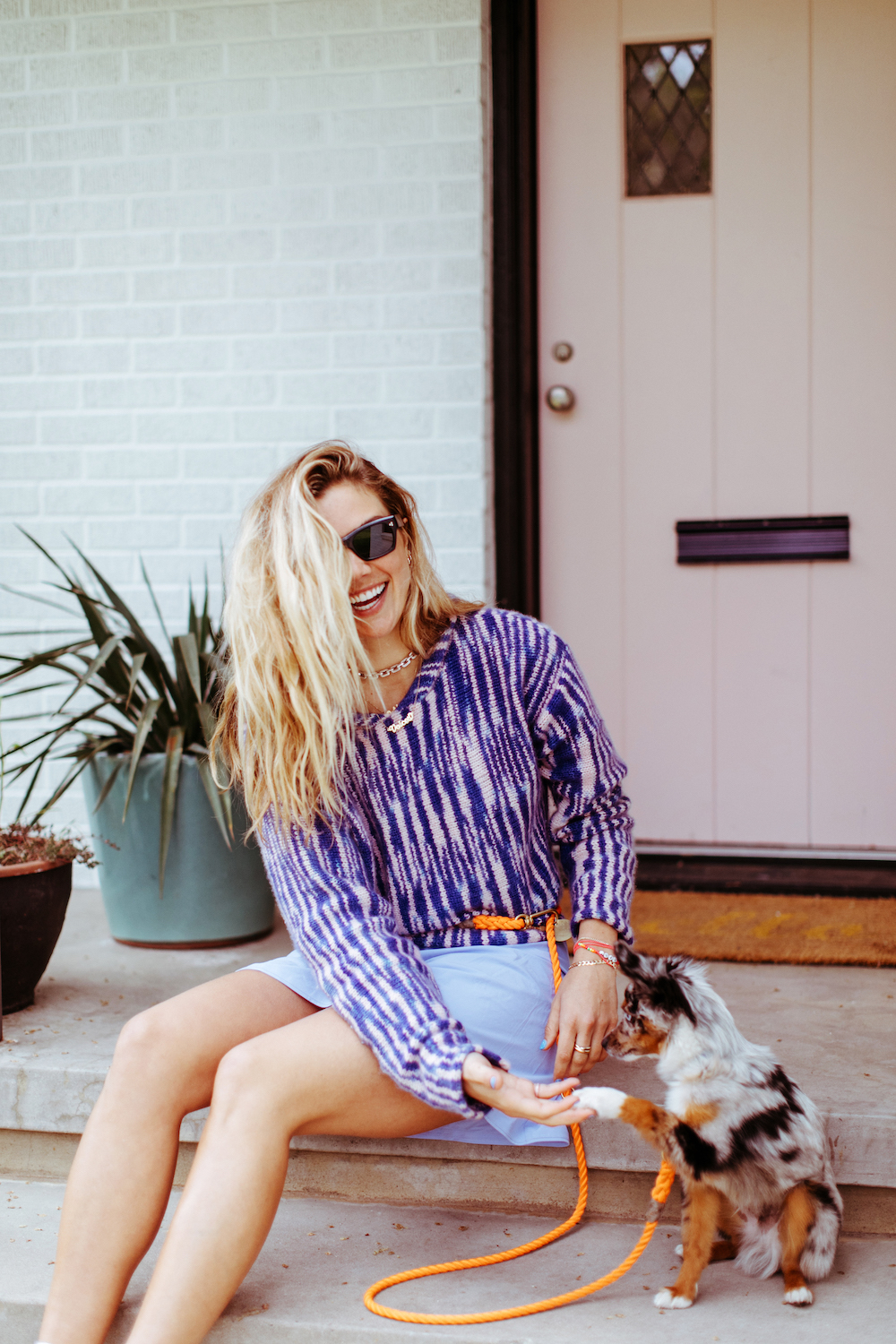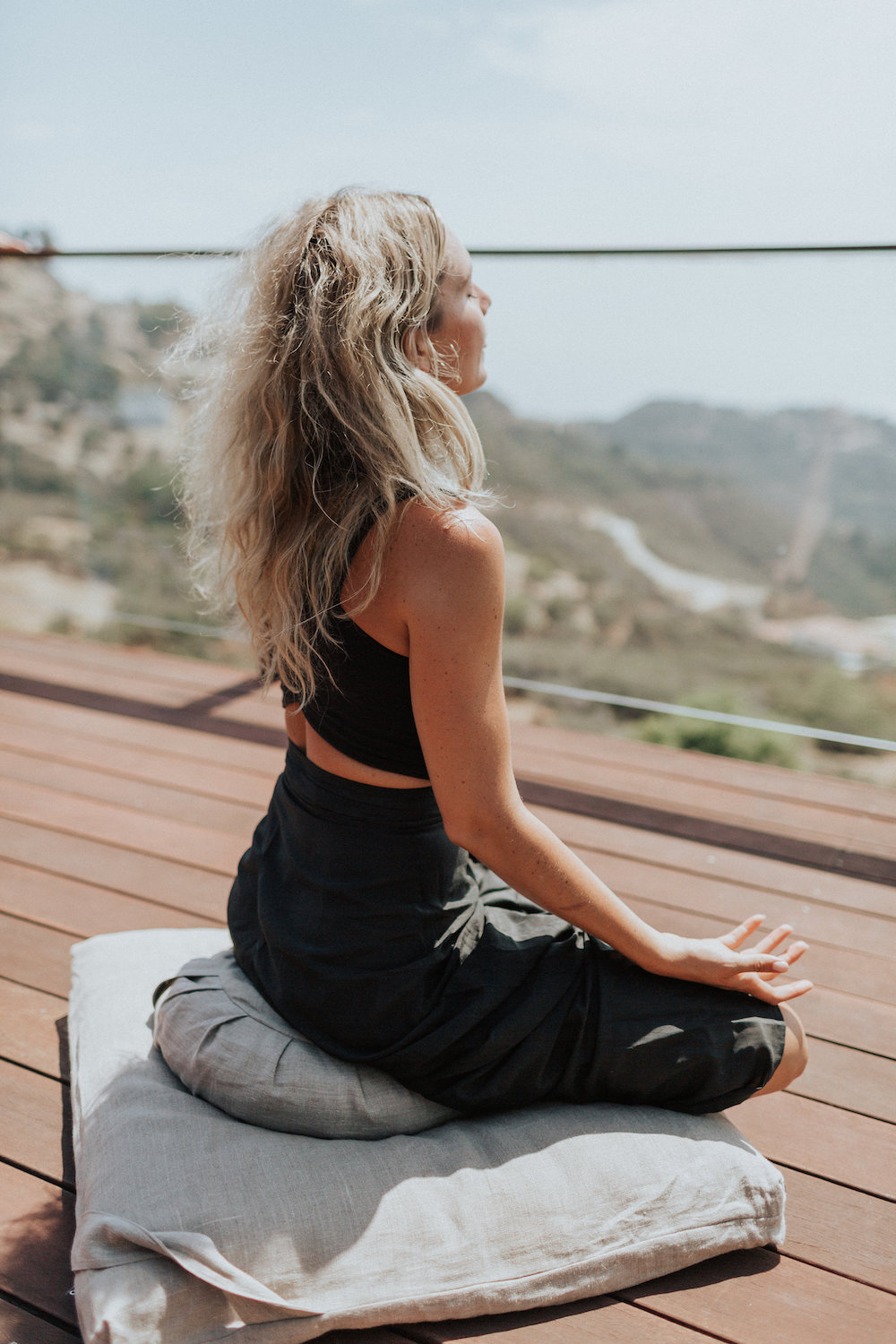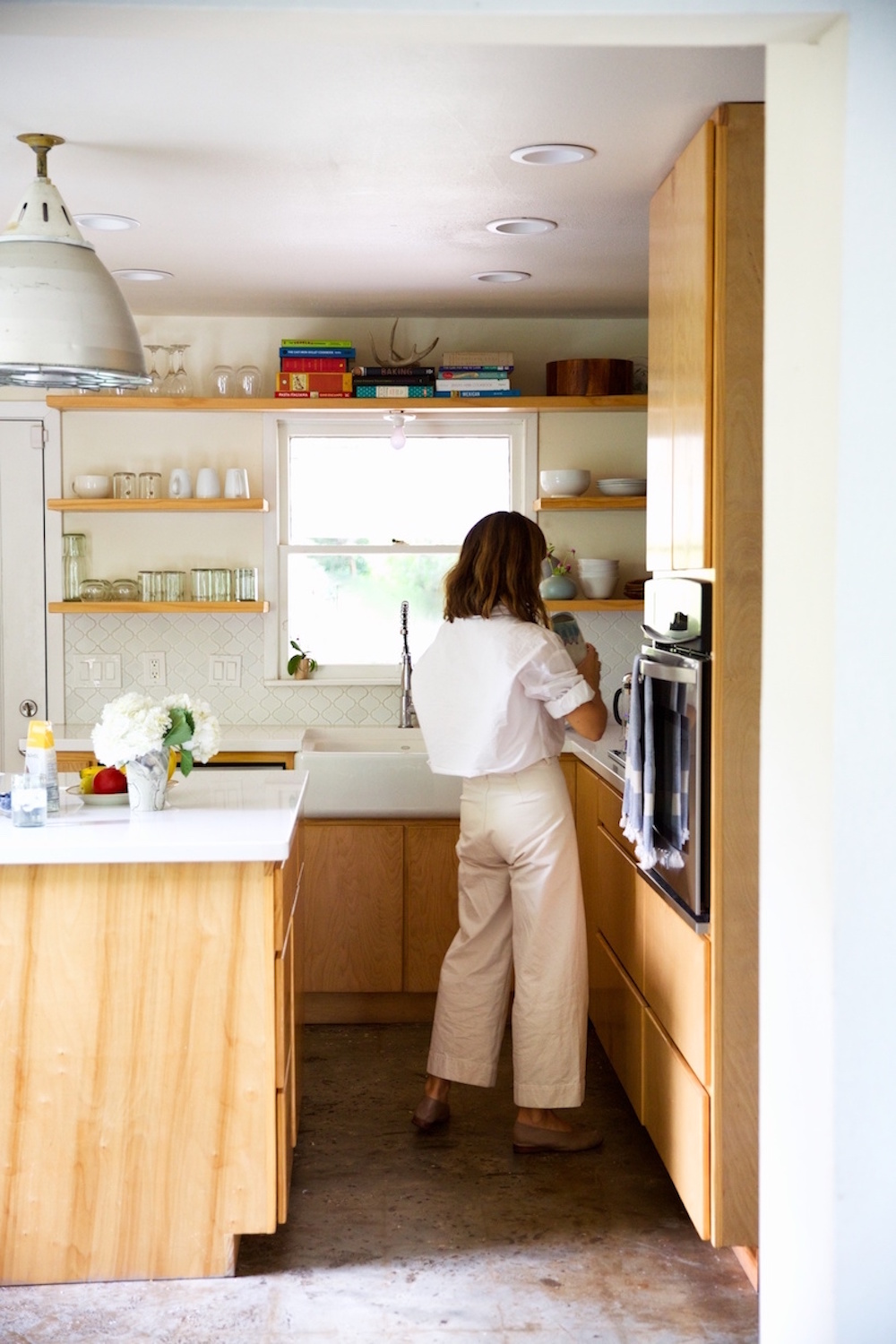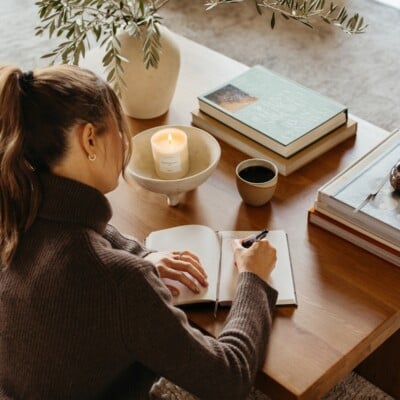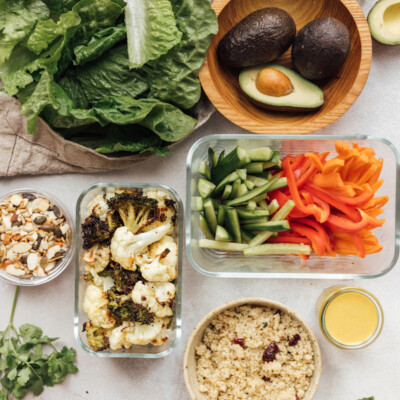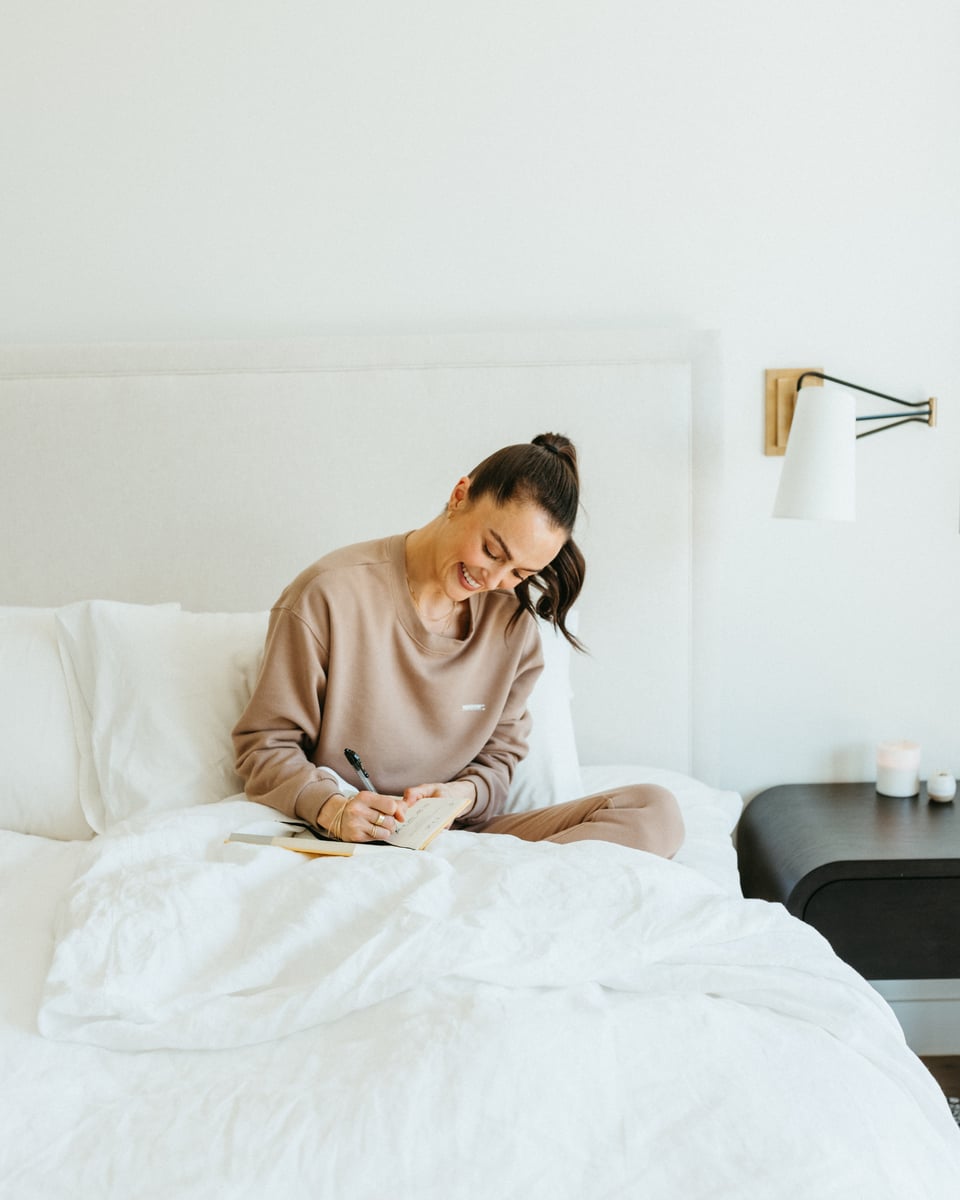Mindfulness is an incredible tool that helps us be more present and deal with our emotions in healthy ways. It allows us to pause and choose how we react to a situation, instead of automatically defaulting to habitual responses that we may regret later. We also experience life in a richer way. Mindfulness helps us actually taste the food we’re eating, listen closely to others, and basically – live life #likeyoumeanit. We learn how our minds work, and are better able to label the feelings we’re having instead of allowing them to control us.
Because mindfulness is such an effective stress-busting technique, it’s often used in various types of therapy. “When you teach a person mindfulness techniques, you help them train their mind to observe their own thoughts, feelings, and sensations with an objective view. This must be done with compassion, as people tend to lose patience with themselves, particularly in the early stages of practicing mindfulness or trying out meditation. When we release judgment and learn to live in the moment, we increase our mental agility,” says Dr. Lisa Firestone, clinical psychologist and author of Conquer Your Critical Inner Voice, Creating a Life of Meaning and Compassion.
If you’re wondering if you could use a mindfulness boost, ask yourself the following question: can you sit for one minute and quiet your mind? Can you do this without feeling like you’re coming out of your skin? When wellness expert Dr. Sarah Villafranco first became interested in mindfulness, she discovered it to be quite challenging. Like many of us, she found that working meditation into her regular schedule was a tough habit to build.
It’s no wonder that in today’s high-speed digitized world, it’s getting even harder to slow down, to connect with ourselves, and to just be.
Dr. Villafranco’s key to success when it comes to meditation and mindfulness? Don’t give up, and get creative. Read on for her journey to mindfulness, as well as her best tips on bringing more mindfulness to our every day lives — even if you don’t like to meditate!
A Lifelong Commitment to Wellness
Throughout her decades of medical study and practice, Dr. Sarah Villafranco, founder of Osmia Organics, saw an overwhelming lack of mindfulness when it came to how people approached their health and wellness. Instead of looking at the big picture of ones health and fixing underlying issues, she instead saw the desire for a quick fix, which isn’t sustainable in achieving optimal wellness longterm. “The biggest life-changing practices people can implement to improve their overall health are rooted in mindfulness and meditation,” she says.
Since devoting her life to wellness and clean beauty, Dr. Villafranco has found a way to encourage mindfulness into everything she does — from her morning routine and beauty products, to her relationships, eating habits, and sense of self. Although she credits her daily meditation practice as one ‘that changed her life’, she’ll be the first to admit that it isn’t for everyone.
“As a doctor, I want people to know that it’s OK to suck at meditation. It comes far more easily to some people than others, and there are alternatives you can do to live a mindful, peaceful life that don’t include meditation.” she says.
As someone who is notorious for having what they like to call ‘monkey-mind’, I was especially happy to hear that I can still reap the benefits of meditation without silently sitting on a pillow for 20 minutes a day. Scroll on for our Q&A with Dr. Villafranco as she breaks down what it means to cultivate a daily practice of mindfulness.
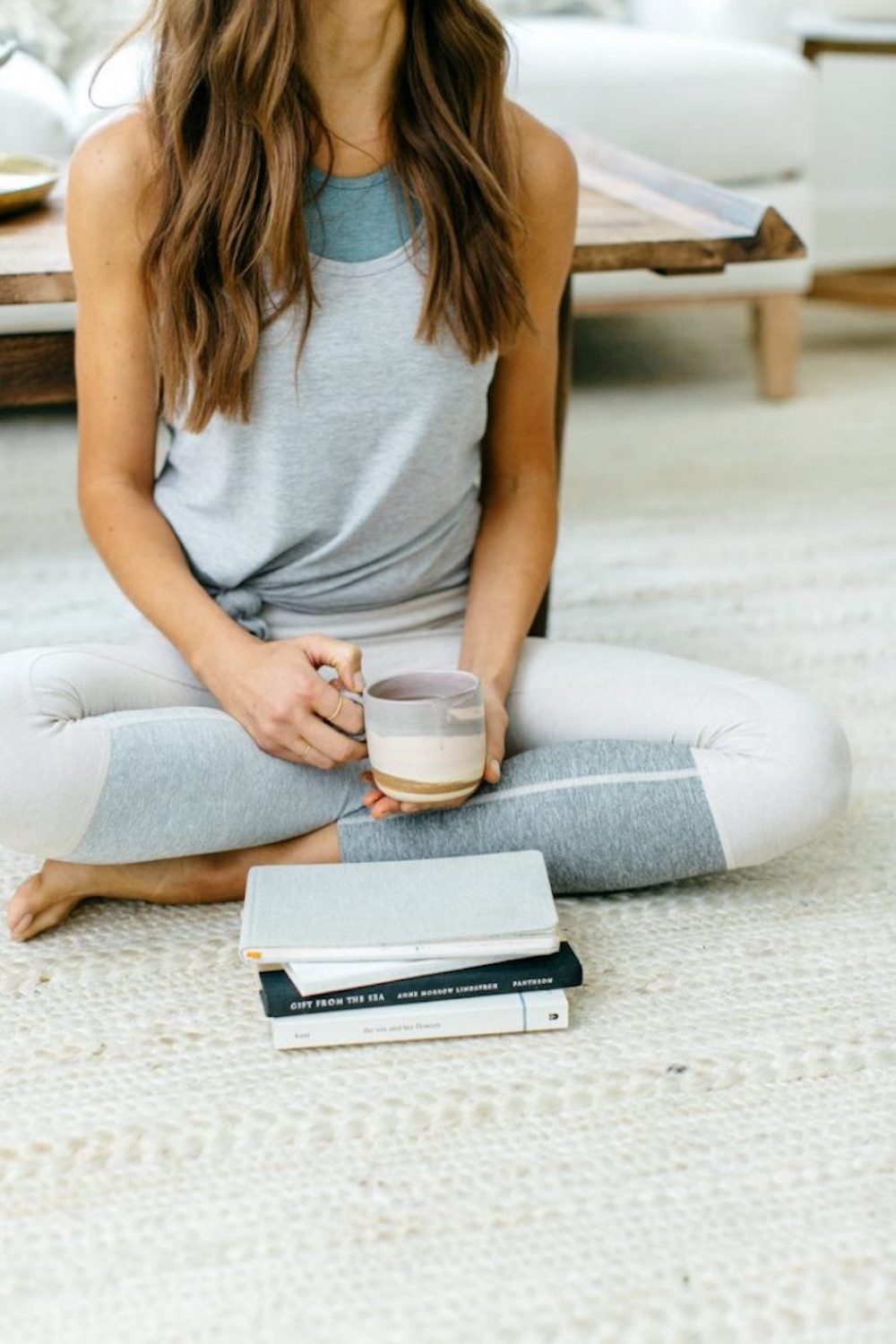
What are some of the science-backed benefits of meditation? Why we should be practicing it daily?
Practicing meditation and mindfulness daily have lifelong benefits — anyone who has stress in his or her life (that means about 7.7 billion of us!) can benefit from meditation. It has been proven highly useful in managing anxiety and depression. Growing research shows it may prevent grey matter atrophy, which accompanies many neurodegenerative diseases, such as Alzheimer’s dementia. Meditation can also be used to improve sleep quality, making it far preferable to the sedating medications that are often used. More research needs to be performed, but even the American Heart Association acknowledges that meditation may be a valuable tool for patients in managing cardiovascular risk.
Mindful Living is Happy Living
What is the difference between practicing meditation and practicing mindfulness?
There are lots of types of meditation, including mindfulness meditation, in which the practitioner sits quietly, simply noticing her mind and body in the present moment.
Mindfulness, though, can be practiced in any moment of the day, not just during an official mindfulness meditation session. If you notice your breath, or the color of the sky, or effect your words have on someone else, you’re practicing mindfulness.
How should one go about starting a meditation practice? For someone who has never tried meditation before, what does that look like?
All you need is a chair and a moderately quiet space. I suggest starting with five minutes a day for the first week, then increasing weekly by five minutes until you get to a 20-30 minute practice. If you increase your time and feel like it’s too much, stay at your current level for another week or two. Don’t force it, and be patient with yourself.
To start a meditation practice, sit upright in a chair with a tall posture and your hands resting comfortably in your lap. You may keep your eyes open, focused softly on the floor two feet in front of you, or you may close your eyes if that helps ease you into a meditative space. Then, simply focus on your breathing: breathe in, and breathe out. Be aware of your lungs, your heartbeat, your thoughts, your body, but try not to fixate on any of those things. Set a timer before you start, and breathe mindfully for five minutes, without any expectations or goals. (I mean, how luxurious is that concept alone?)
Meditation Isn’t For Everyone
What should someone do if they feel they can’t successfully meditate?
It’s not as easy as I made it sound. Monkey-mind and a fidgety body can really throw a wrench in the works. I think it’s worth trying for at least a couple weeks (join our June meditation challenge on Instagram!), but if you consistently find yourself feeling frustrated or irritated by meditating, it may be best to find an alternate plan – and you absolutely can. Meditation takes lots of practice, and comes far more easily to some people than others.
What are some alternatives to finding peace, calm, and mindfulness that don’t involve meditation?
Bringing mindfulness to your daily routines can have a simple, deeply calming effect over time. Here are some of my favorite ways to practice mindfulness that don’t involve meditation:
1. Slowing down and using a beautiful soap or body oil in the morning, inhaling the essential oils as you care for your skin is being mindful.
2. Making your coffee with a dash of cinnamon and taking time to steam the milk is being mindful.
3. Going for a walk or a run without your phone is deliciously mindful – let yourself be completely out of touch with the world for a few minutes a day!
4. Cooking healthy, nourishing meals for yourself or your family is mindful – and a smart investment in a bright future.
What are some ways you incorporate mindfulness practice into your morning routine?
I try to bring intention and mindful moments to every part of my morning routine. It’s important for me to feel connected to myself, the earth, and my family, and having a mindful morning routine that I practice daily helps me set my intentions and get grounded for the day ahead. For example, I always start my day with a soak in our hot tub to ease my body into the day, followed by a quick rinse in the shower. I wash my face with our Black Clay Facial Soap, and follow with our Purely Simple Face Cream and Nectar Vital Rose Drops, inhaling deeply as I massage the mixture into my skin. Then, I drink a huge glass of hot lemon water to kickstart my hydration for the day, often nestling into a hug from my husband while the water is heating. Before I leave the house, I make a delicious hot drink called Mud Water (here’s my recipe) and sip it as slowly as I can because I want to cry when it’s gone! And I tend to reach for my daughters’ hands for a few moments as we drive to school, because feeling their hands in mine is something I know I will miss painfully when they eventually fly away. For me, this is what it means to have a mindful morning.
—
Dr. Sarah Villafranco, founder and CEO of Osmia Organics, is a natural skin-care expert and a noisy advocate for cultivating joy and health every day. She practiced emergency medicine for 10 years, when she saw and treated a broad spectrum of human health and illness. She now works through her artisanal skin-care brand to improve people’s health and happiness (as well the planet’s) by decreasing the number of chemicals in their personal care routines and by encouraging people to “return to their senses.” If you’re into green beauty, fitness, border collies, Colorado, or healthy living, you should stalk her Insta feed.


